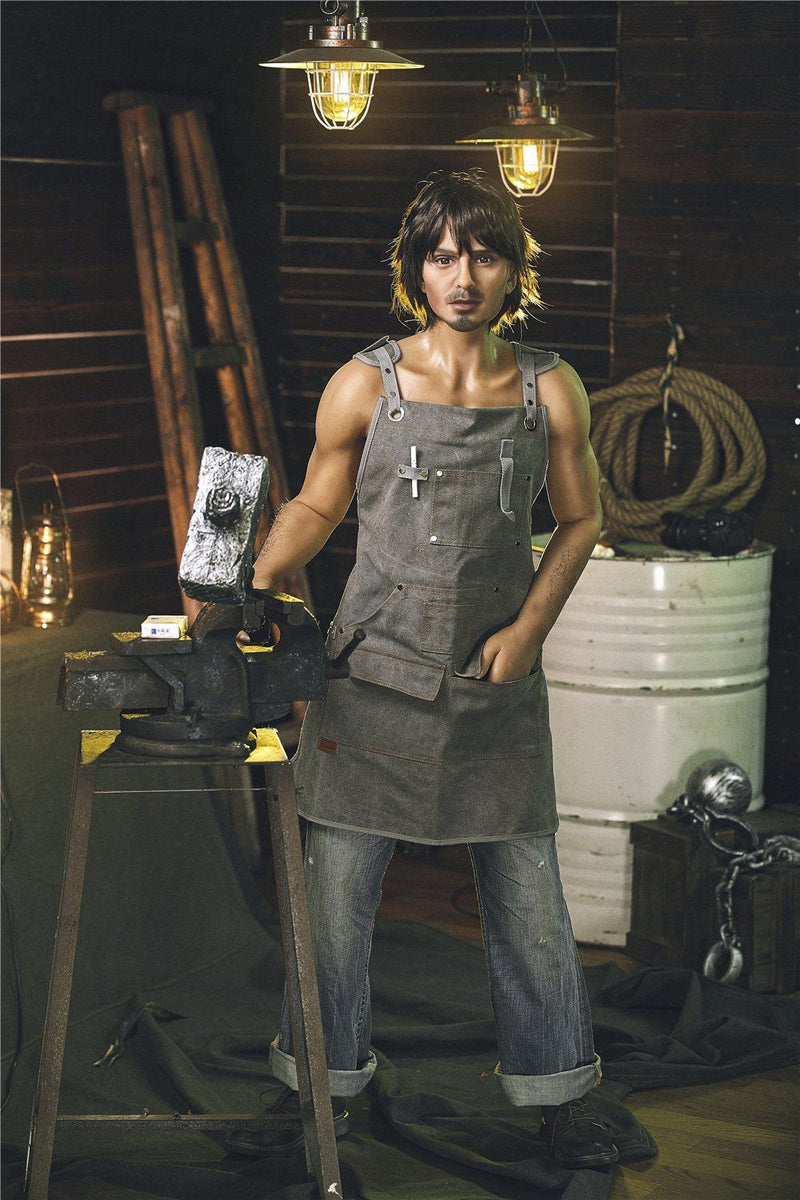Gay Sex Dolls_Modern Intimacy Challenges_Design and Usage Solutions
Understanding Core Needs: Why Do Gay Men Seek Sex Dolls?
The demand for gay sex dolls arises from intersecting biological, psychological, and societal factors. Epidemiologically, rising STI rates among LGBTQ+ communities—such as a 28% increase in syphilis cases among MSM (men who have men) in China—drive interest in safer alternatives. Psychologically, studies suggest 41% of gay men report loneliness due to societal stigma or limited dating options, while product reviews highlight users’ desires for judgment-free companionship. Manufacturers like O2doll now offer customizable TPE (thermoplastic elastomer) male dolls priced at 2,300–3,800, designed to mimic muscle definition and genital realism with medical-grade materials to reduce infection risks.
Practical Scenarios: How Are Gay Sex Dolls Applied?
1. Healthcare & Harm Reduction
Clinics in cities like Beijing observe reduced STI transmission among patients using dolls. For example, a 2024 survey found 63% of gay men who purchased dolls reported fewer casual encounters. Products like RosemaryDoll’s 158cm TPE model feature antimicrobial silicone orifices and replaceable parts to maintain hygiene. However, challenges persist: improper cleaning (e.g., using hair dryers) causes 12% of users to experience bacterial growth, underscoring the need for education alongside product innovation.2. Emotional & Sexual Fulfillment
AI-integrated dolls like WMDoll’s MetaBox ($1,900+) address emotional gaps by offering conversational AI with eight personality modes. Users describe these dolls as “non-judgmental partners” for exploring fantasies—a sentiment echoed in forums discussing BDSM or role-play scenarios. Customization extends to aesthetics: Dongguan Feiyiban’s “muscle男友” line allows buyers to select body hair density, eye color, and even heated genital modules. Yet, 22% of users in a 2025 study noted dissatisfaction with “robotic” interactions, highlighting the tech’s limitations.3. Legal & Social Navigation
In regions like Hong Kong, ambiguous laws create hurdles. A 2018 case saw “This Mary” doll brothel raided for unlicensed operations despite condom use and disinfection protocols. Conversely, platforms like TradeChina.com leverage discreet packaging and anonymous delivery to circumvent stigma. Activists argue such measures help normalize doll usage, mirroring feminist campaigns advocating sexual autonomy.Optimization Strategies: Balancing Innovation and Ethics
A. Material & Design Upgrades
Safety: Leading brands now embed pH-balanced lubricants and self-cleaning mechanisms (e.g., UV sterilization chambers). Realism: Dual-density silicone layers replicate erectile tissue textures, while articulated skeletons enable lifelike poses.B. Policy Advocacy
Lobby groups push for clearer regulations, citing Germany’s 2023 “Synthetic Companion Act” as a model to decriminalize doll brothels under hygiene standards. Simultaneously, manufacturers adopt ISO 9001 certifications to build consumer trust.C. Community Education
Platforms like Etsy host LGBTQ+ shops (e.g., Pride-themed jewelry sellers), while sex educators create tutorials on doll maintenance and ethical usage. Workshops in Shanghai’s queer spaces teach safe customization, such as attaching detachable pubic hair.Future Directions: AI and Beyond
Emerging technologies aim to bridge emotional gaps. WMDoll’s AI dolls now feature three-month memory retention and adaptive dialogue, though critics warn about data privacy risks. Experimental models integrate haptic feedback for synchronized touch responses, potentially revolutionizing therapeutic applications for trauma survivors.
This multidimensional approach—merging engineering, policy reform, and grassroots education—positions gay sex dolls as tools for both personal empowerment and public health advancement. As societal acceptance grows, these innovations redefine intimacy in the modern LGBTQ+ experience.
